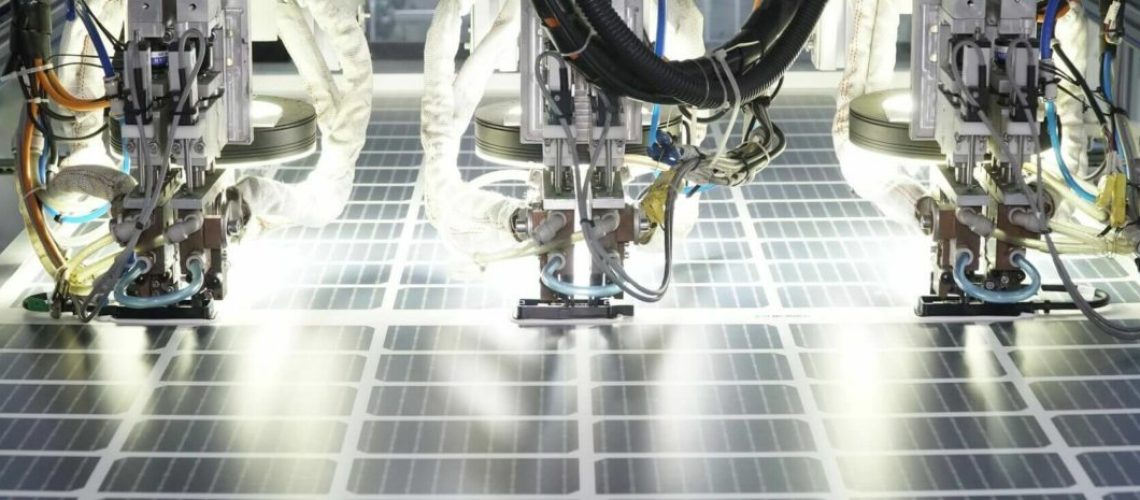The IRS released guidance on how it will allocate $10 billion to grow recycling facilities, re-equip industrial facilities to reduce greenhouse gas emissions by at least 20%, and establish new manufacturing facilities that reduce our carbon footprint.
The U.S. Internal Revenue Service (IRS) has released guidance on how it will allocate $10 billion for the Low-Income Communities Bonus Credit program for “qualifying advanced energy projects” and “specified advanced energy property,” by funding the modification or establishment of certain types of facilities.
An eligible project can receive a credit of up to 30% of its cost. The document notes, “a credit is not allowed under § 48C for any qualified investment for which a credit is allowed under §§ 48, 48A, 48B, 48E, 45Q, or 45V.”
The first allocation round will be open for submissions on May 31, 2023 at https://infrastructure-exchange.energy.gov/. The Department of the Treasury and the IRS will issue additional guidance on that day. The first round is anticipated to allocate no more than $4 billion in credits; subsequent rounds will deploy the remaining funds. A portion of the award credits – approximately $1.6 billion – is slated for projects located in “energy communities”.
After applicants register, the U.S. Department of Energy will ask them to submit concept papers. After a review, the department will “encourage or discourage taxpayers” from moving forward with their applications. The final day of acceptance of the concept papers is June 31, 2023.
Upon receiving an award letter, applicants will have two years to deploy their project.
The IRS states that re-equipping, expanding, or establishing a recycling facility is also eligible for funding. To qualify, recycling facilities must process “specified advanced energy property” – a comprehensive category of eligible technologies that includes all sorts of renewable energy generation and storage, grid modernization, electrification, and decarbonization. Products of eligible recycling facilities would include batteries, solar panels, wind turbine blades, and a number of specific “critical materials” that are vital to manufacturing renewables.
In order for an industrial, manufacturing, or recycling center to qualify for funds to re-equip their facility, the project must cut emissions by a minimum of 20%. Low- or zero-carbon process heat systems, carbon capture, and energy efficiency systems that meet the 20% emissions reduction target are eligible for the program.
The document also specifies that funds must not contribute to any portion of a project that is used in the refining or blending of non-renewable transportation fuels.
The program was launched in concert with the $750 million Advanced Energy Manufacturing and Recycling Grant Program, which is now accepting applications. The program is funded by the Bipartisan Infrastructure Law, and is designed to support industrial projects by small- and medium-sized manufacturers in energy communities.



